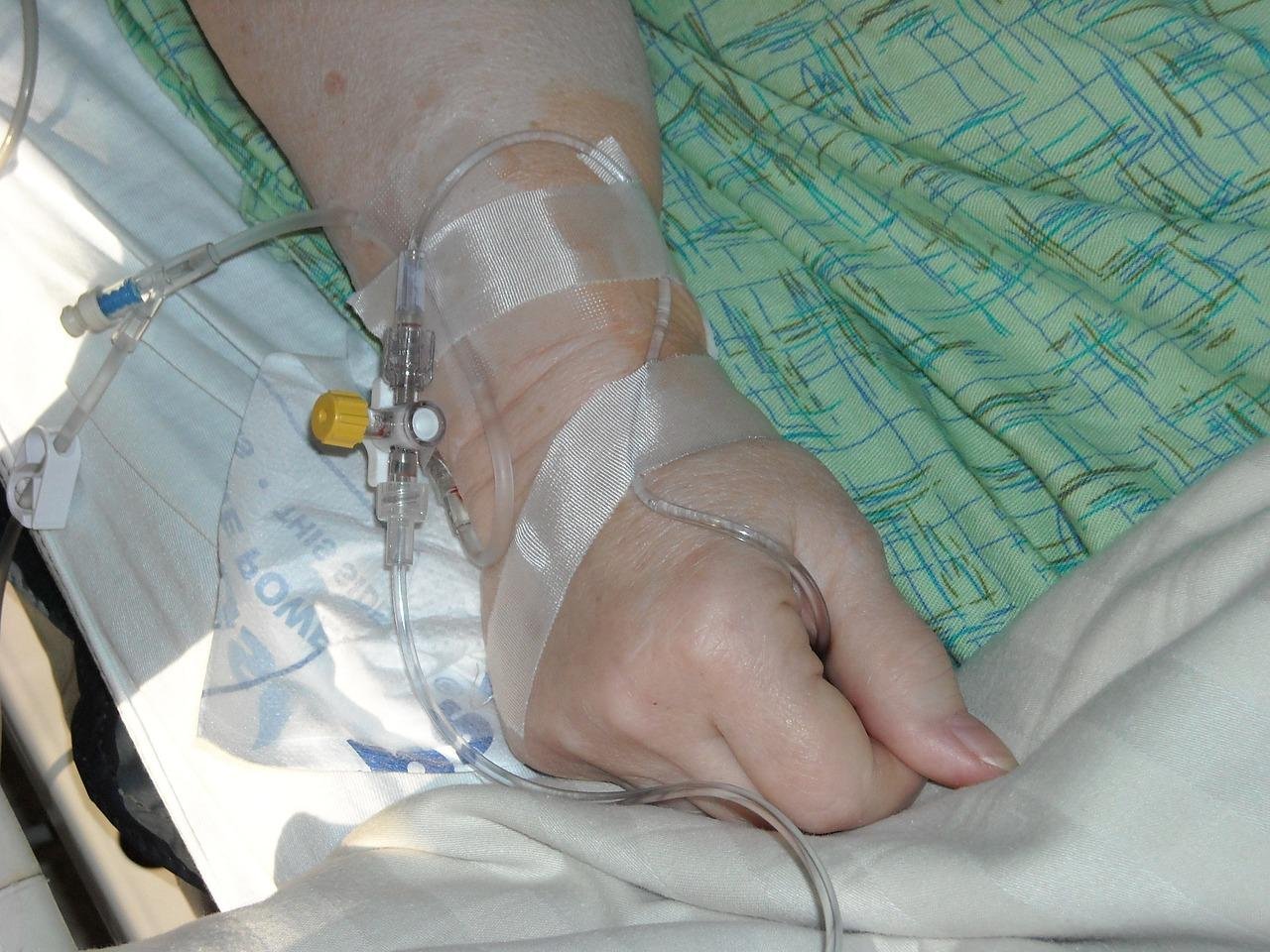Business
Nationwide IV Fluid Crisis: A New Era for Hospital Patient Hydration Management

Hospitals nationwide are implementing stringent measures to manage a significant shortage of intravenous (IV) fluids, which may persist for several months. The current crisis stems from damage caused by Hurricane Helene to a Baxter International facility, which is responsible for producing over half of the U.S. supply of these critical fluids. The American Hospital Association reports that the storm severely disrupted production capabilities.
Following the hurricane, Baxter ceased production and began rationing its products. Although some operations resumed at the North Cove facility, Baxter indicated that full recovery to pre-hurricane output might take time. In its latest update, released on November 7, Baxter announced that customers could soon order normal quantities of select IV solutions, yet timelines for full capacity remain uncertain.
As hospitals face this unprecedented challenge, seasonal pressures exacerbate already strained resources. Sam Elgawly, Chief of Resource Stewardship at Inova, a Washington, D.C.–based health system, shared that usage of IV fluids has decreased by 55% since early October. Elgawly described the current situation as a crisis that demands careful ongoing management into 2024 and beyond.
Compounding the issue, many insured patients typically rush to schedule surgeries before the start of the new year, coinciding with a peak in respiratory illnesses. Inova and similar institutions are adapting their approaches, such as administering certain medications directly without the need for an IV bag, thereby conserving essential supplies. Elgawly emphasized that alternative methods, supported by recent literature, could reduce fluid requirements for patients without compromising care.
Monica Coleman, a nurse at a Department of Veterans Affairs hospital in North Chicago, highlighted the challenges these adjustments pose for nursing staff. The shift to push medications, which require monitoring for potential adverse effects due to faster administration rates, adds stress to already busy schedules.
Elgawly is contemplating enhancements to electronic health records to challenge unnecessary IV hydration orders, encouraging clinical staff to assess patient hydration status more critically. “Every little conservation effort across our system can lead to significant savings,” he explained.
Experts like Vince Green, Chief Medical Officer for Pipeline Health in Los Angeles, believe the shortage could lead to lasting changes in fluid usage practices. Green advocates for utilizing existing IV bags fully before initiating new ones, and he hopes to gather data post-crisis to confirm that patient outcomes remain stable despite the adjustments.
Green also suggested that patients might need to take a more active role in managing their hydration by opting for oral fluids over IV administration. He pointed out the environmental benefits of reducing medical waste, stating, “Less waste means a smaller impact on landfills.”
Despite ongoing efforts, Green reported that his facilities are down to a two-week supply of IV fluids, with the expectation that hospitalizations will rise as respiratory virus season peaks. “We are purchasing every available IV fluid bag,” he confirmed, emphasizing the urgency of securing more supplies.


















